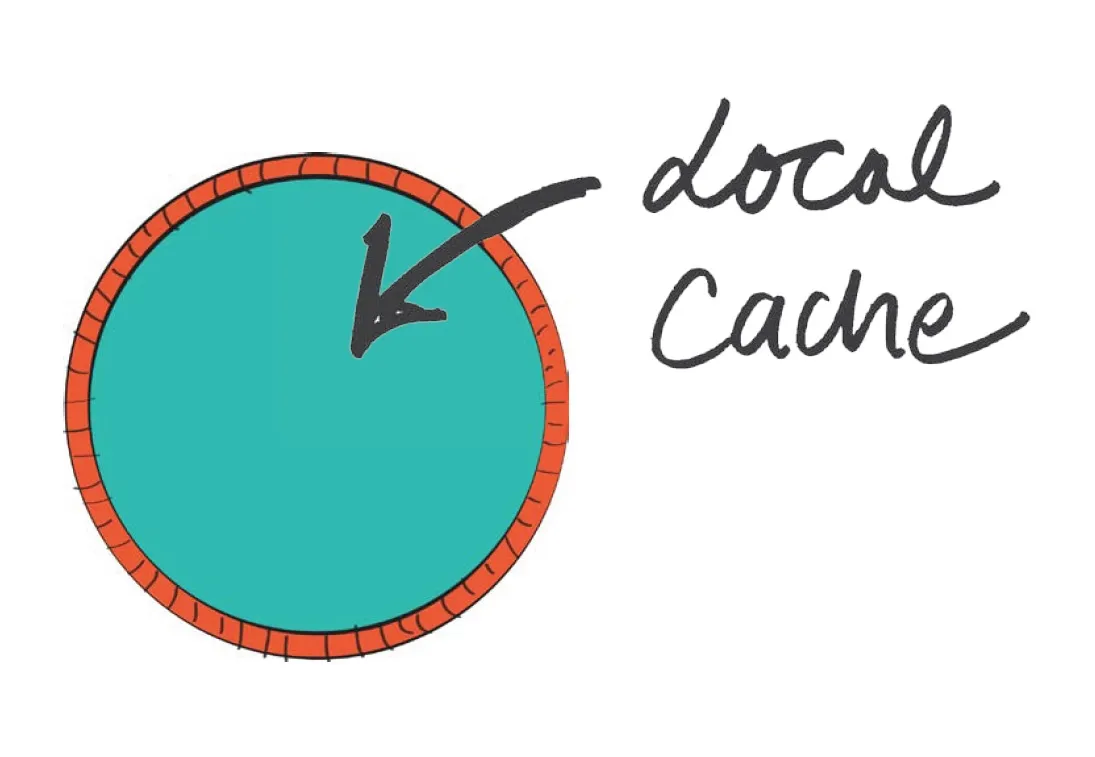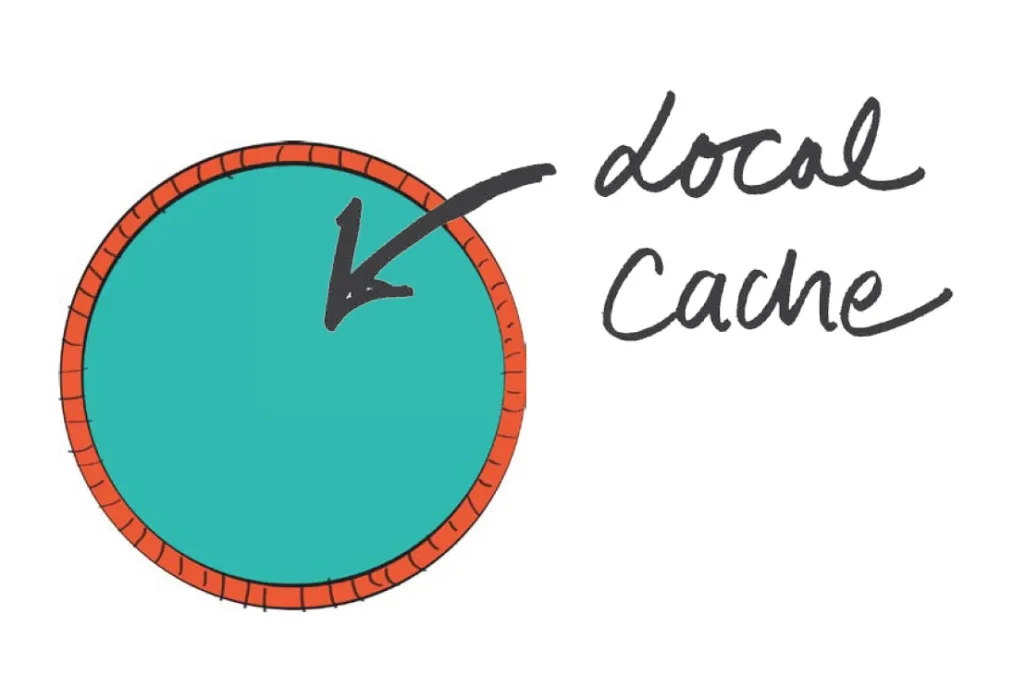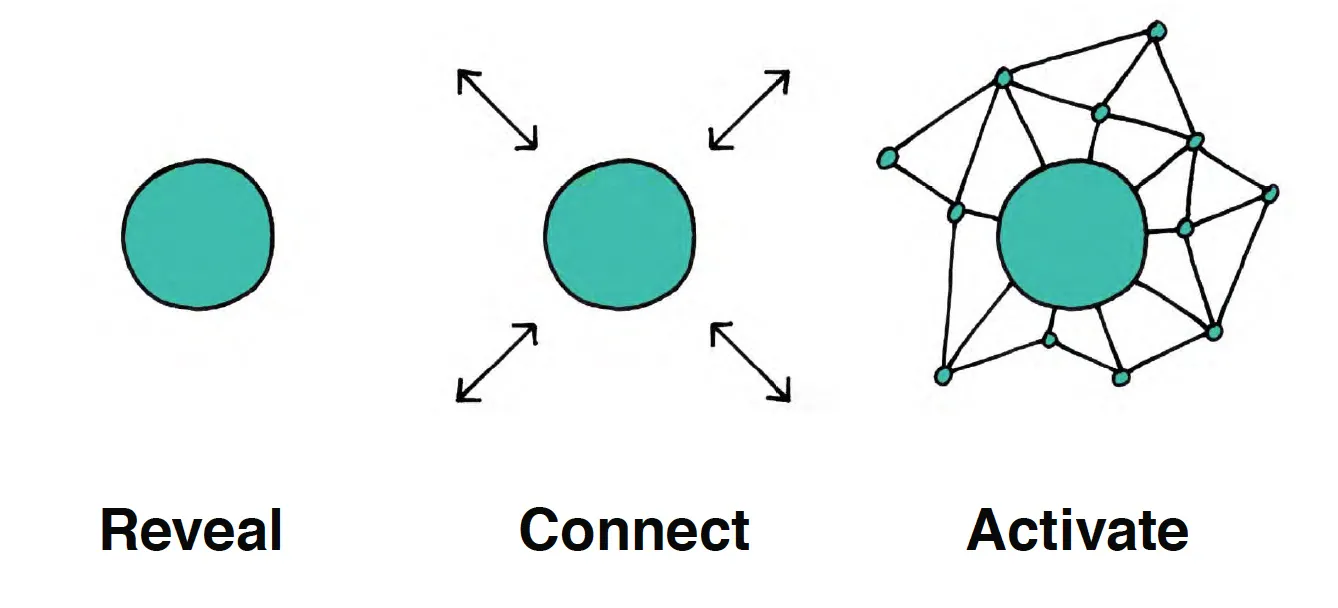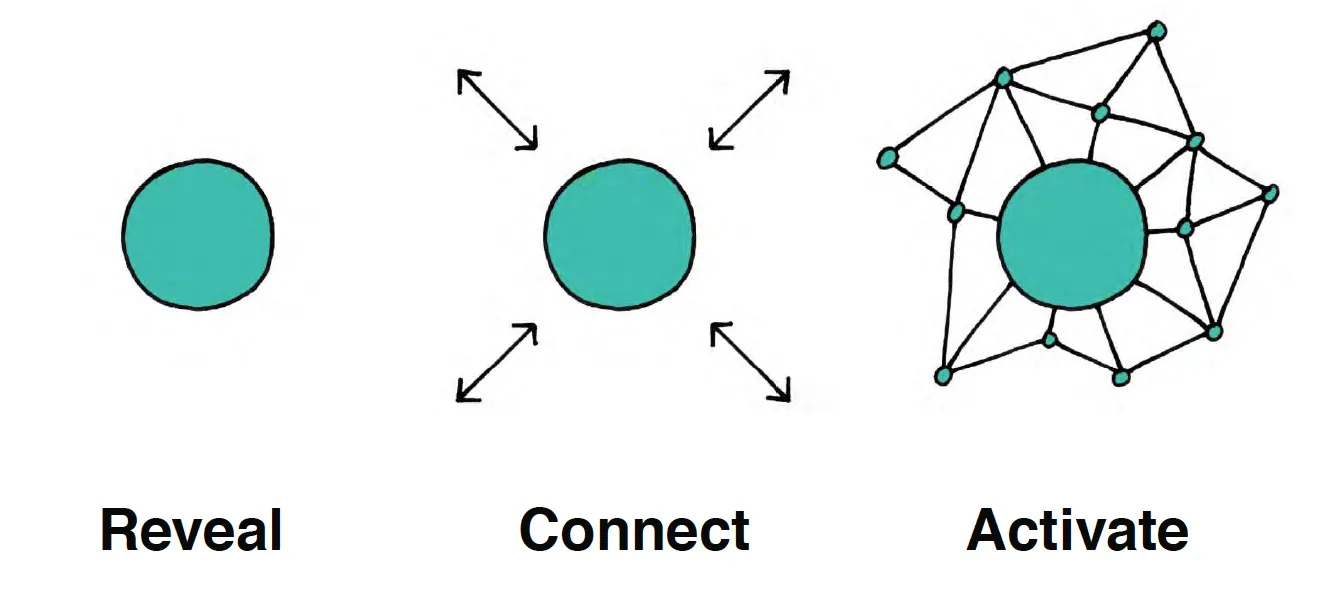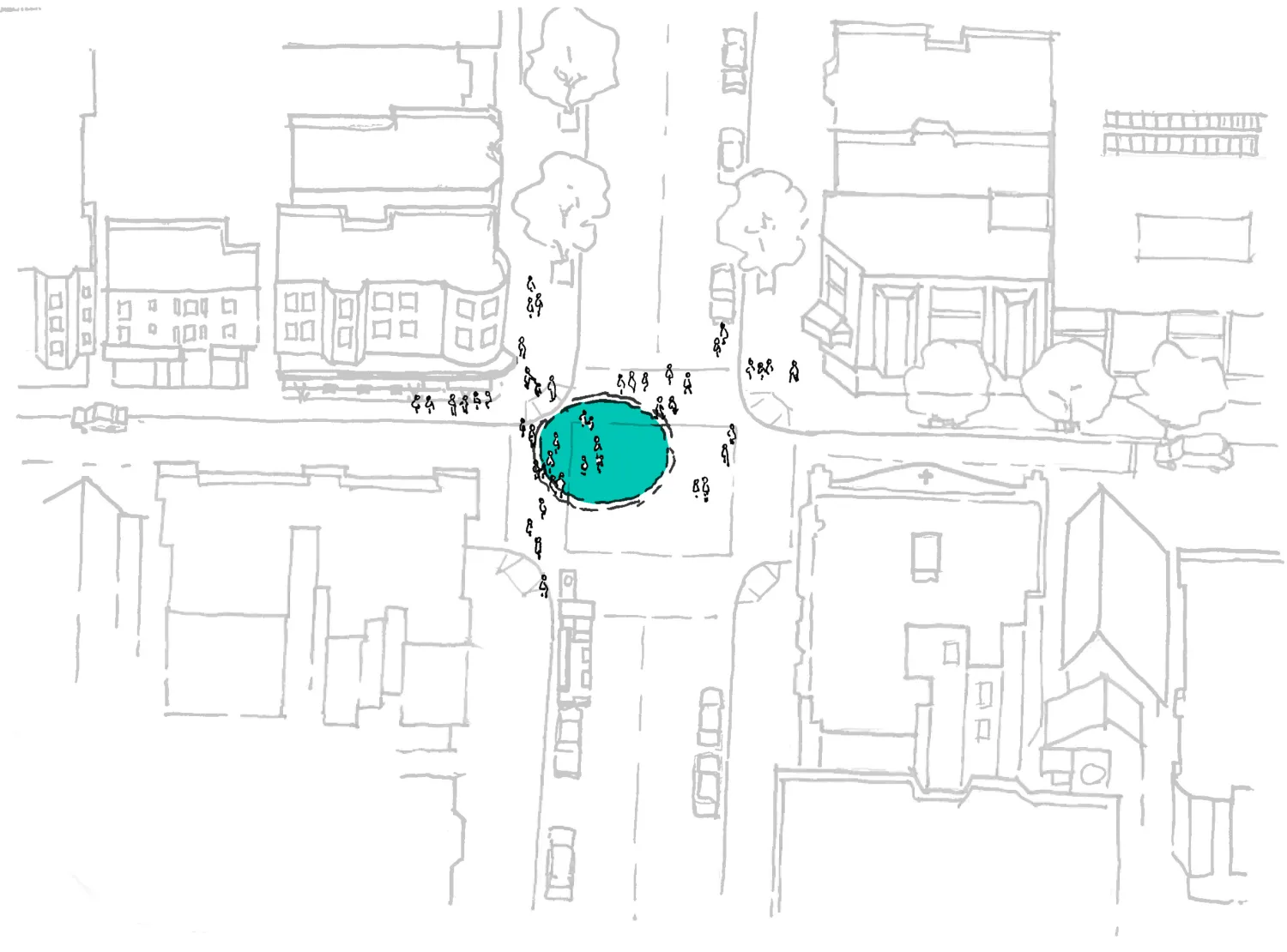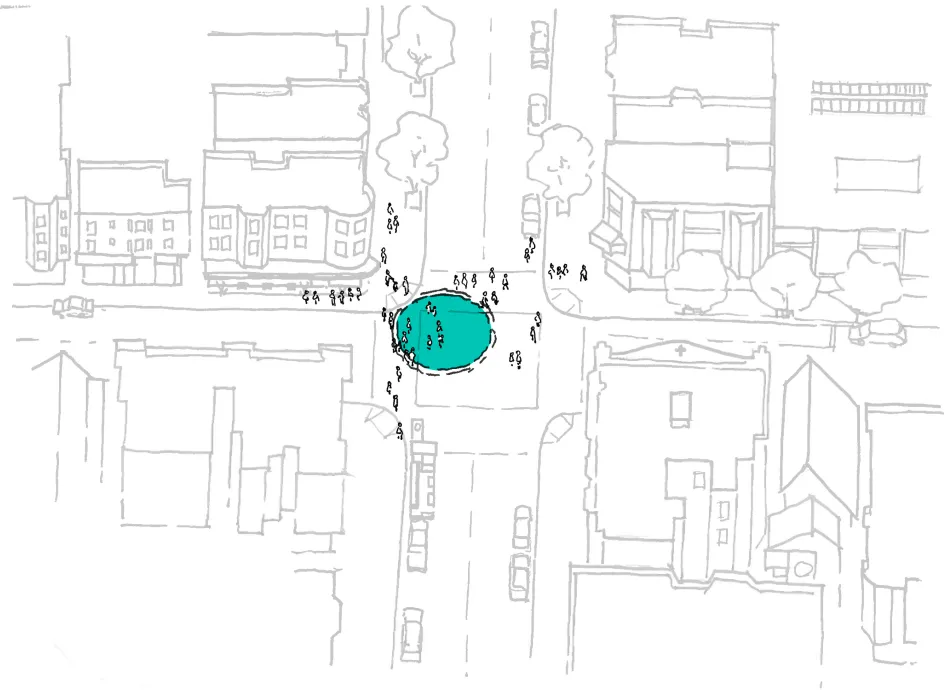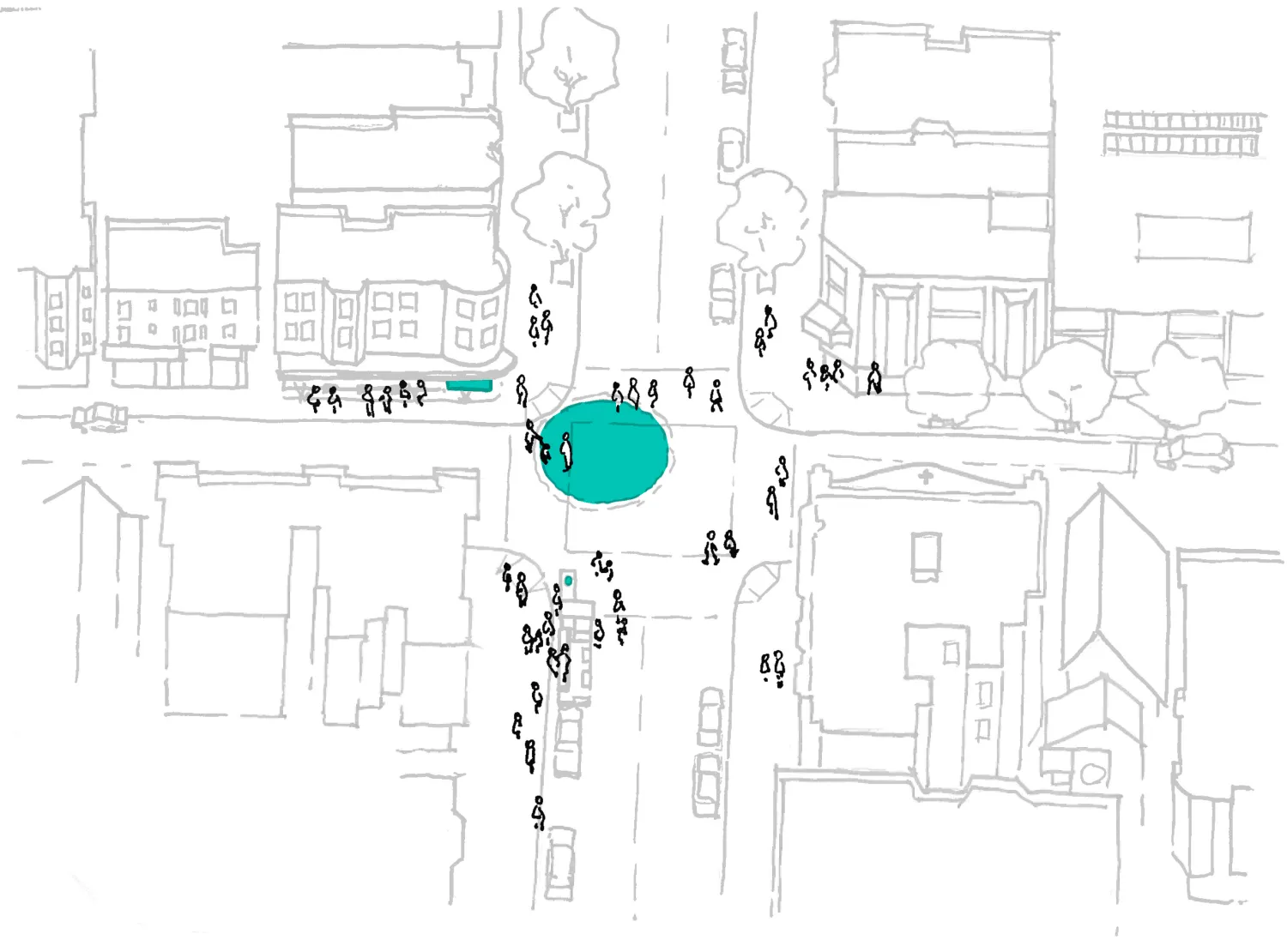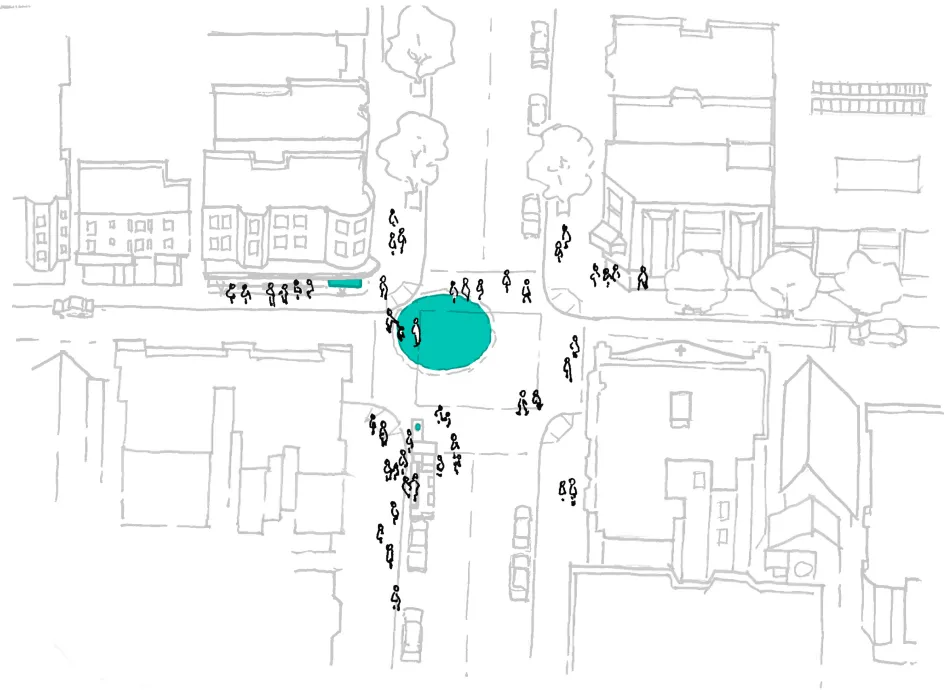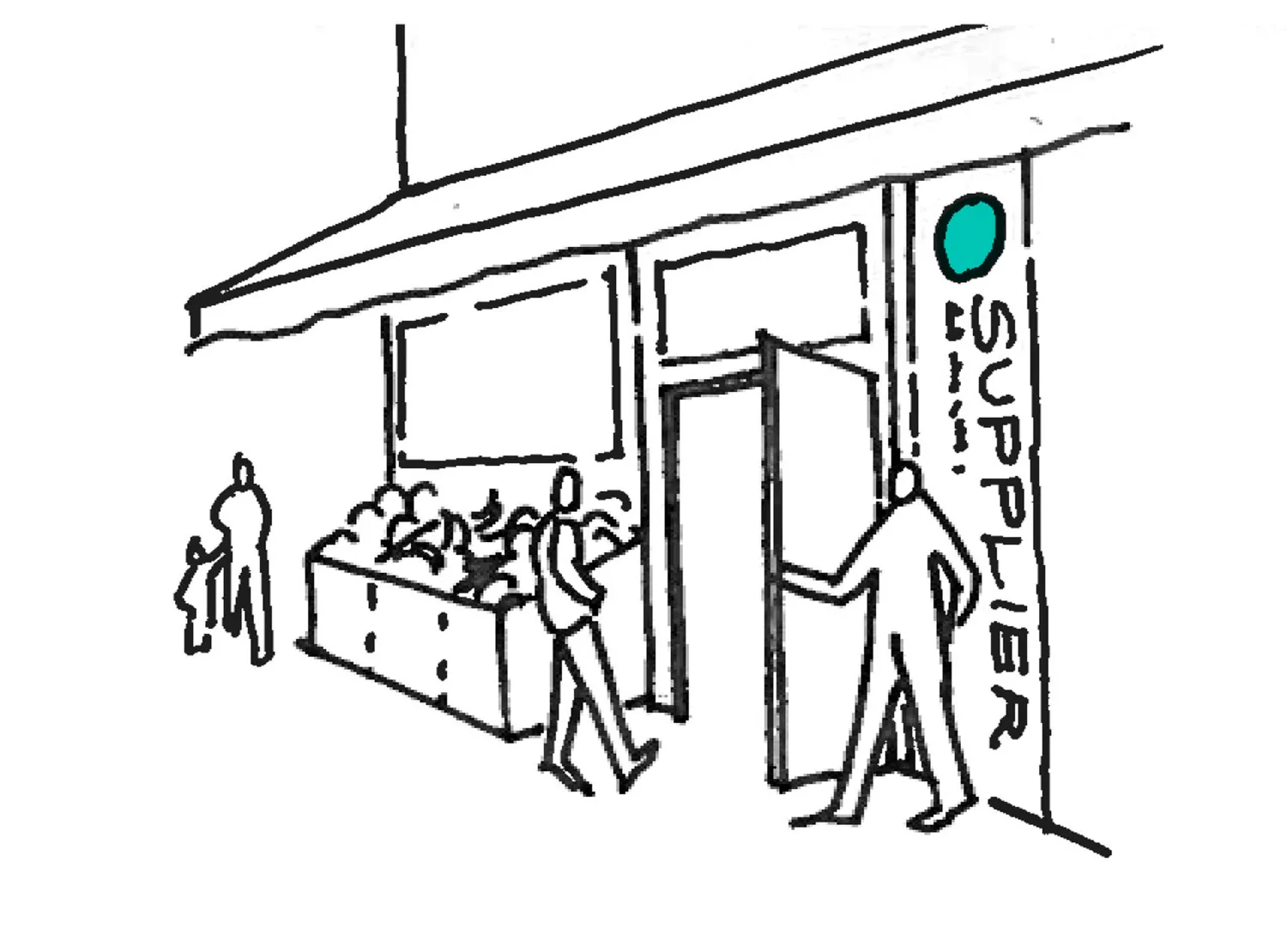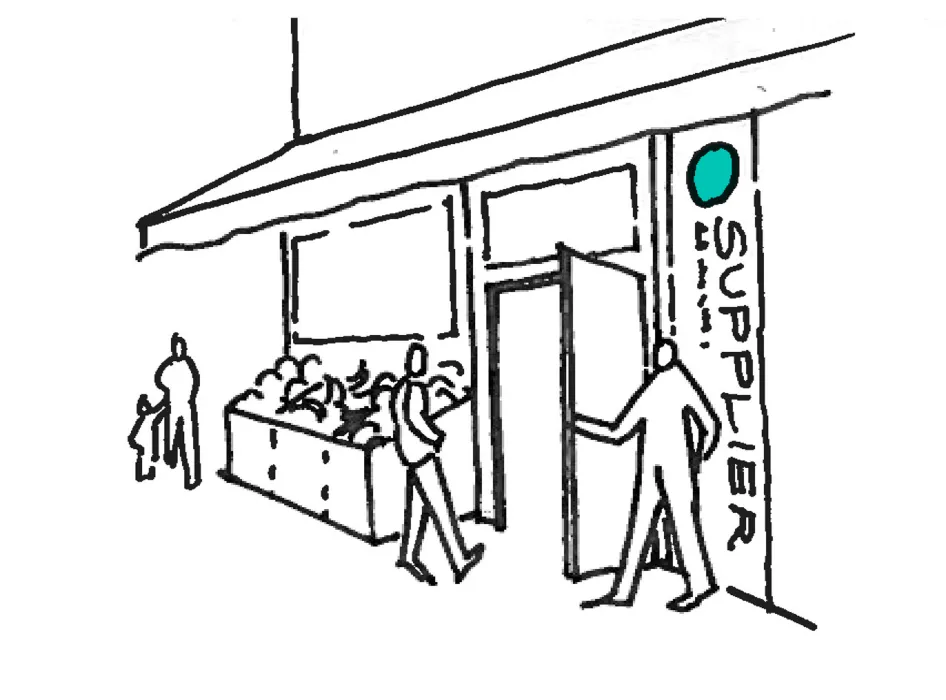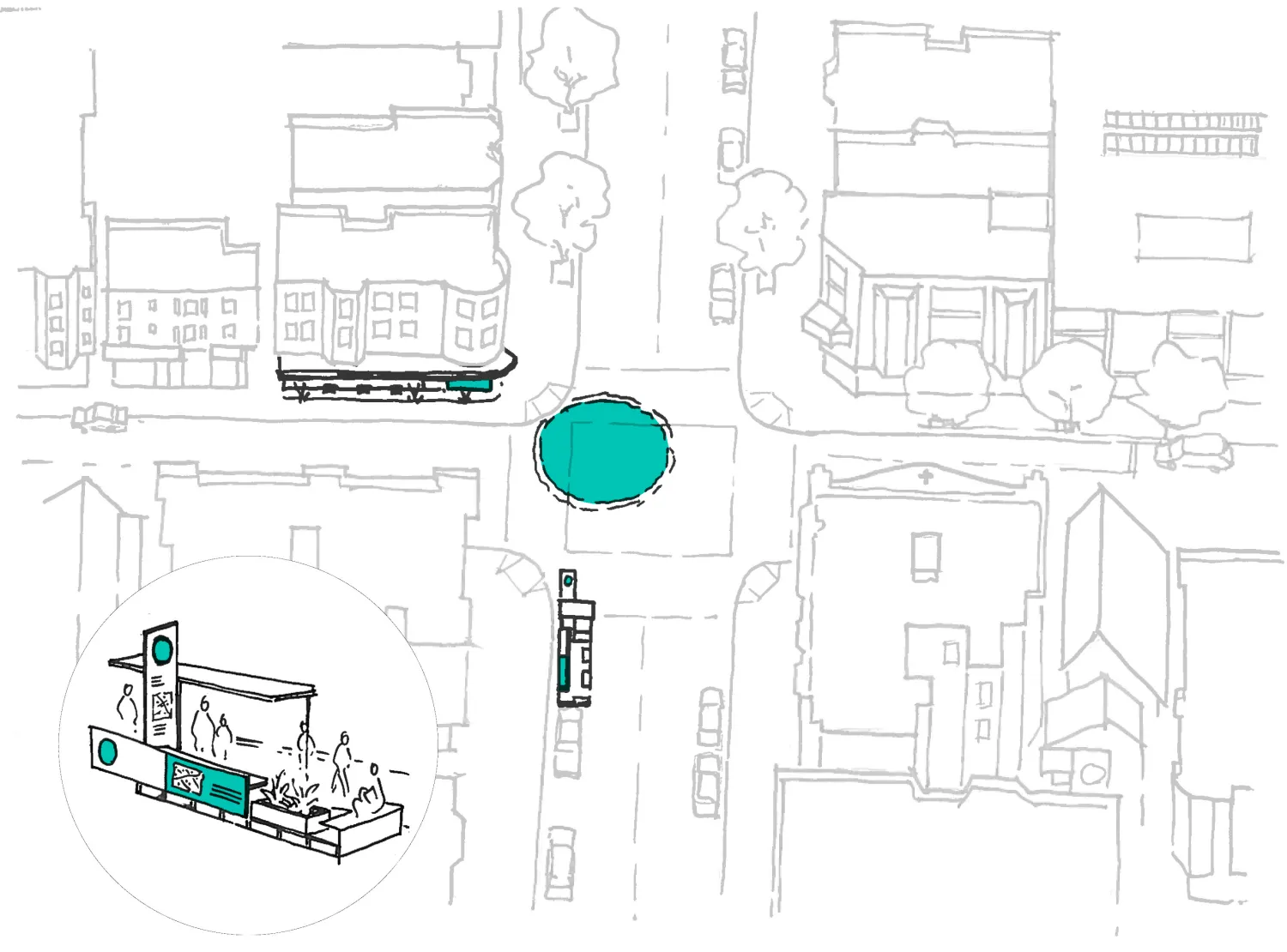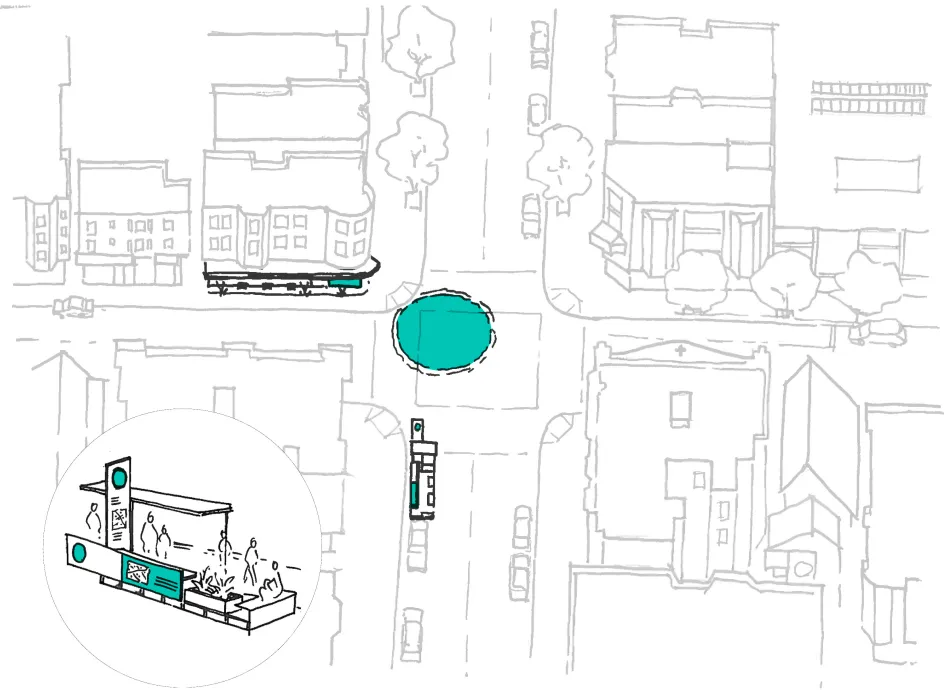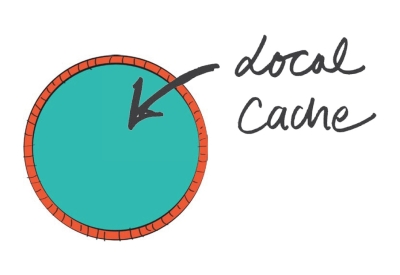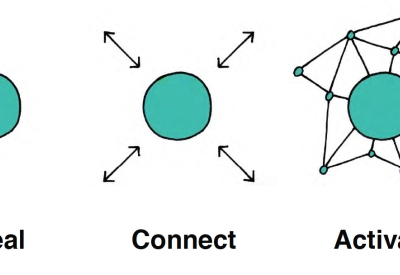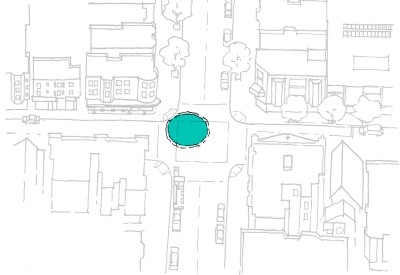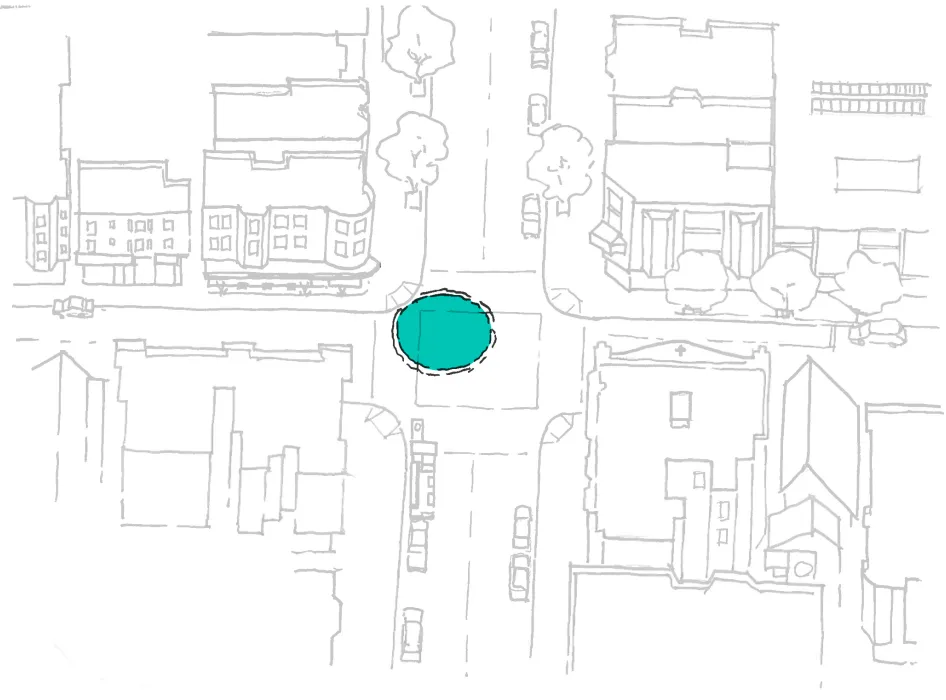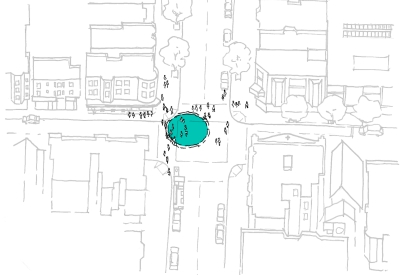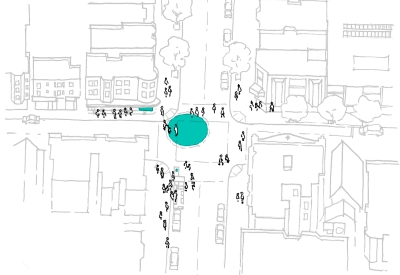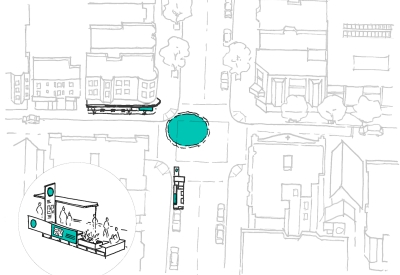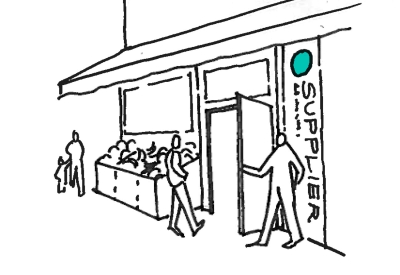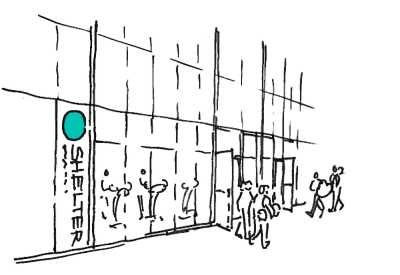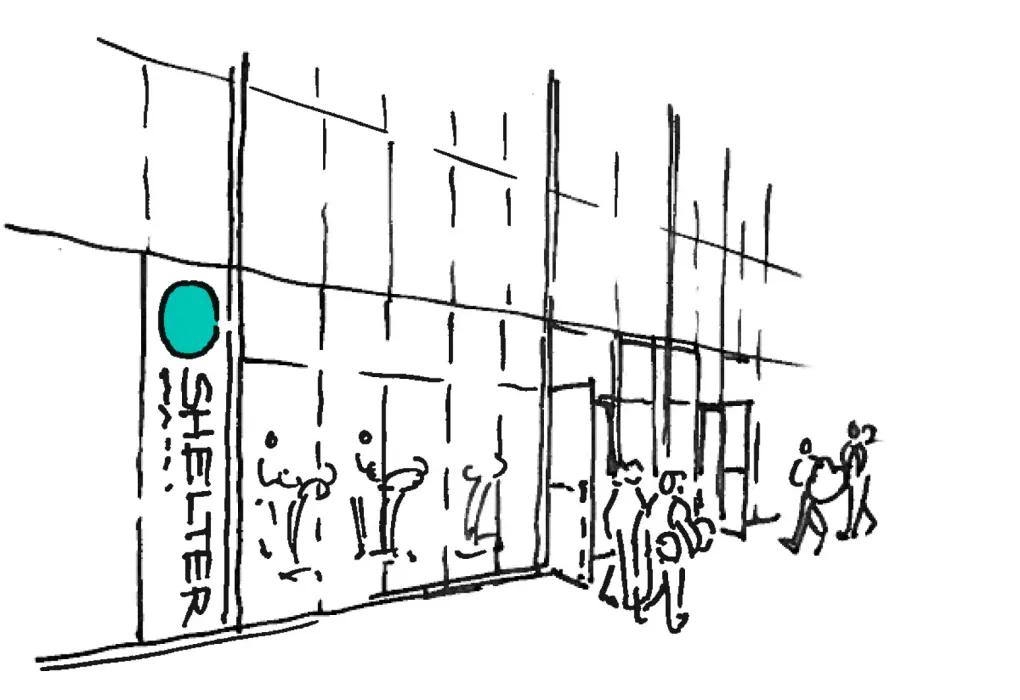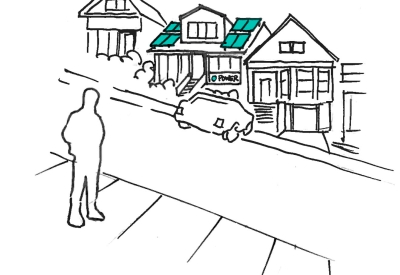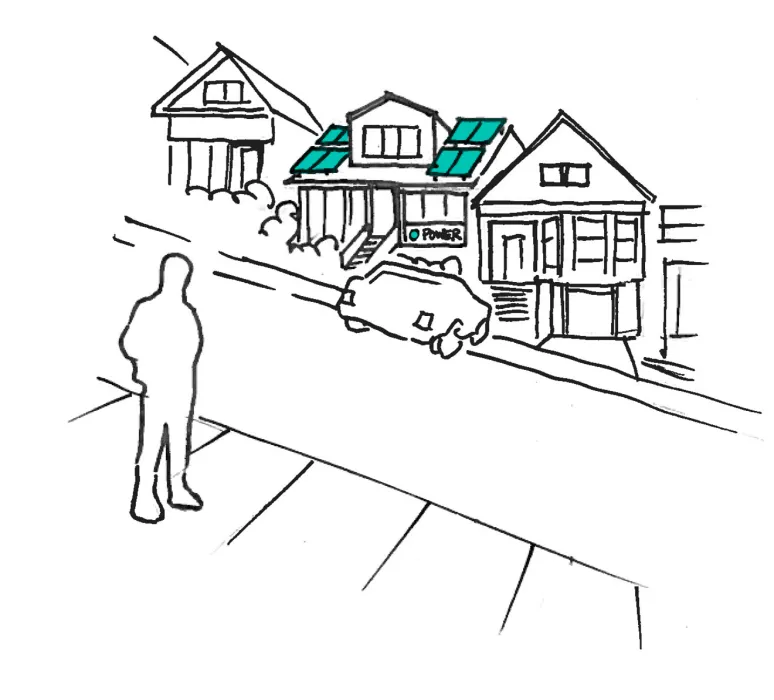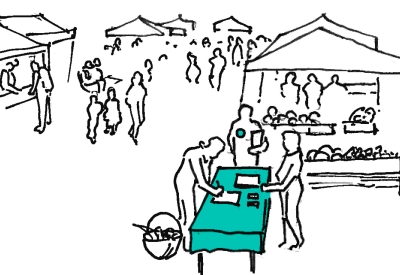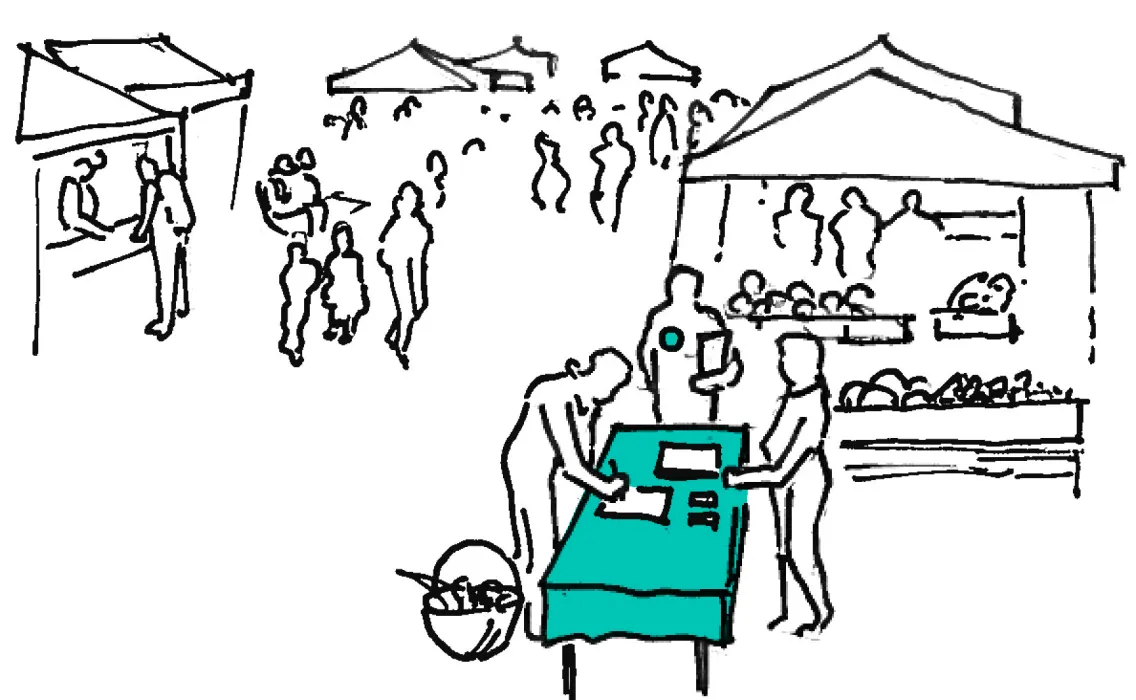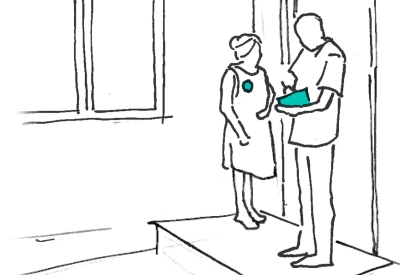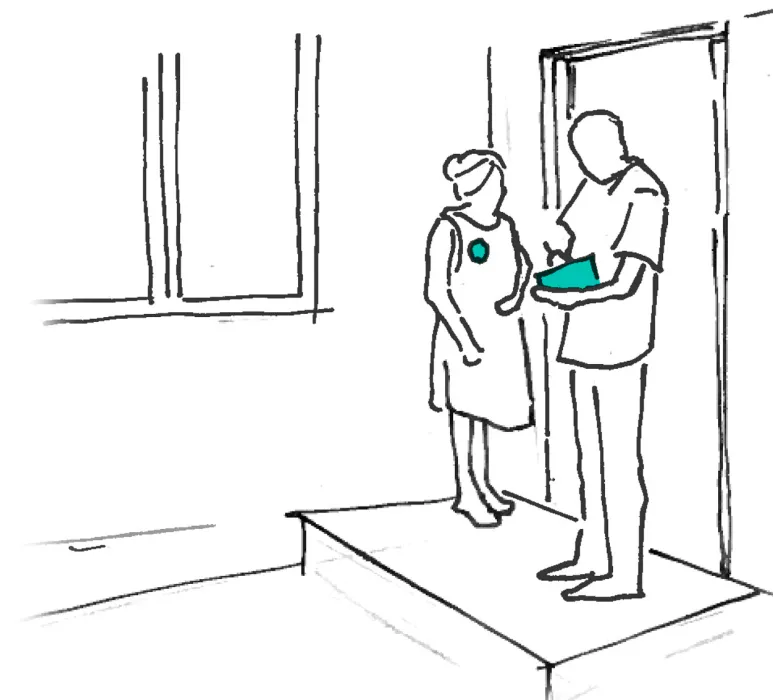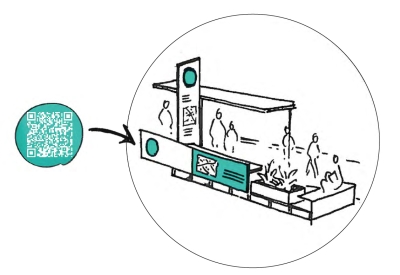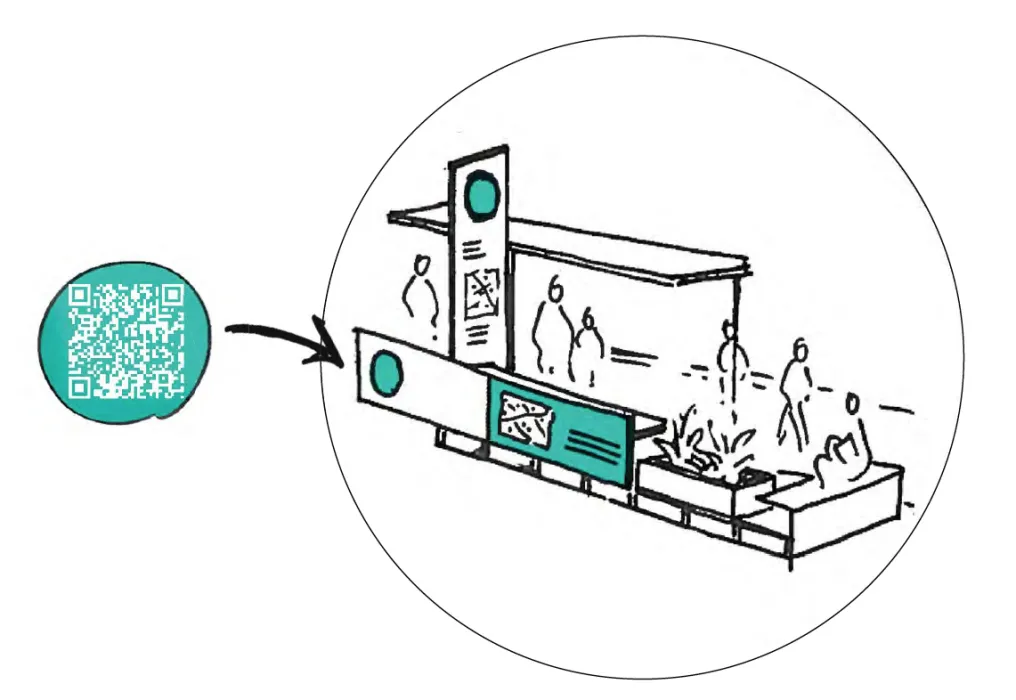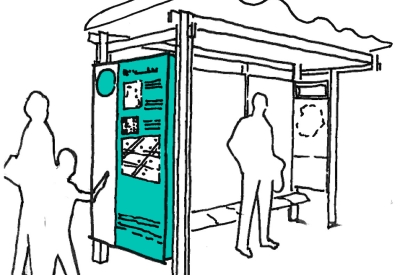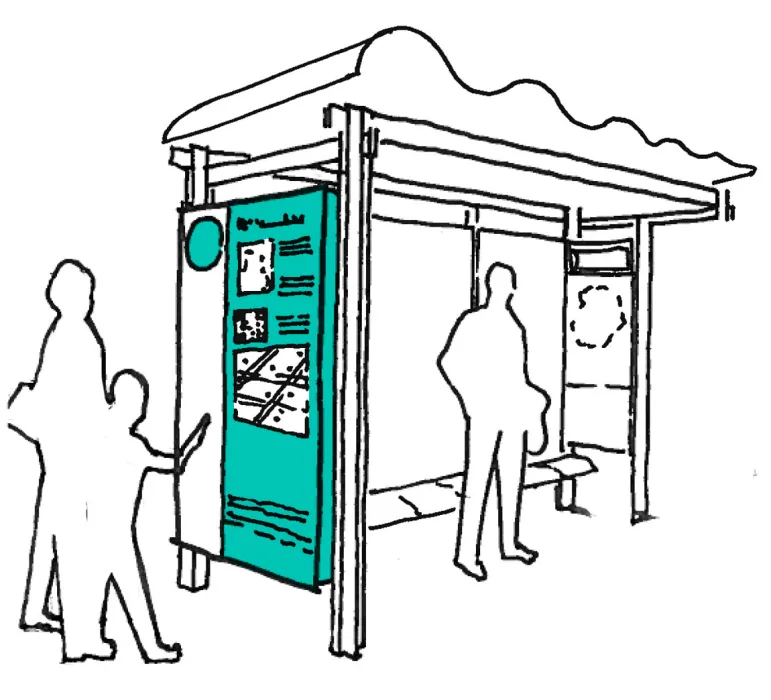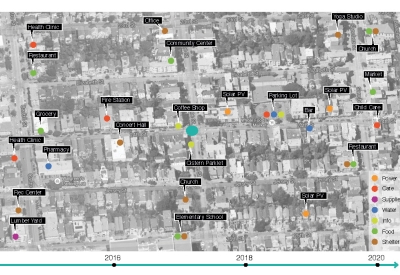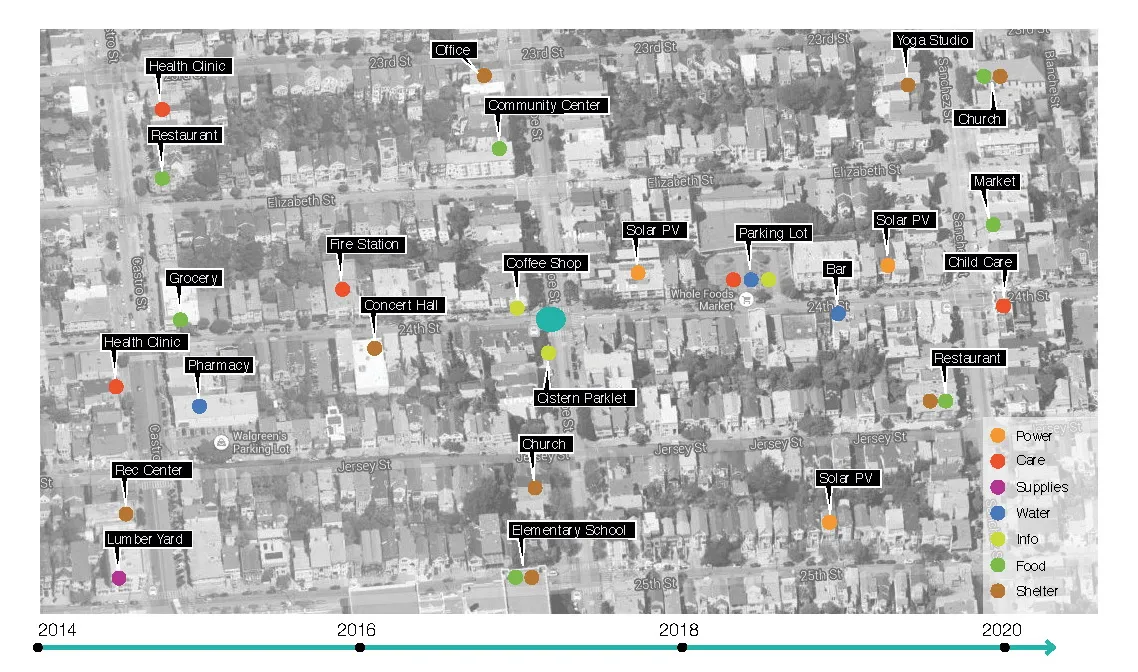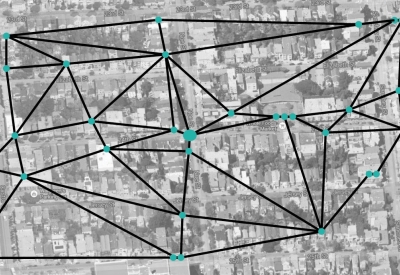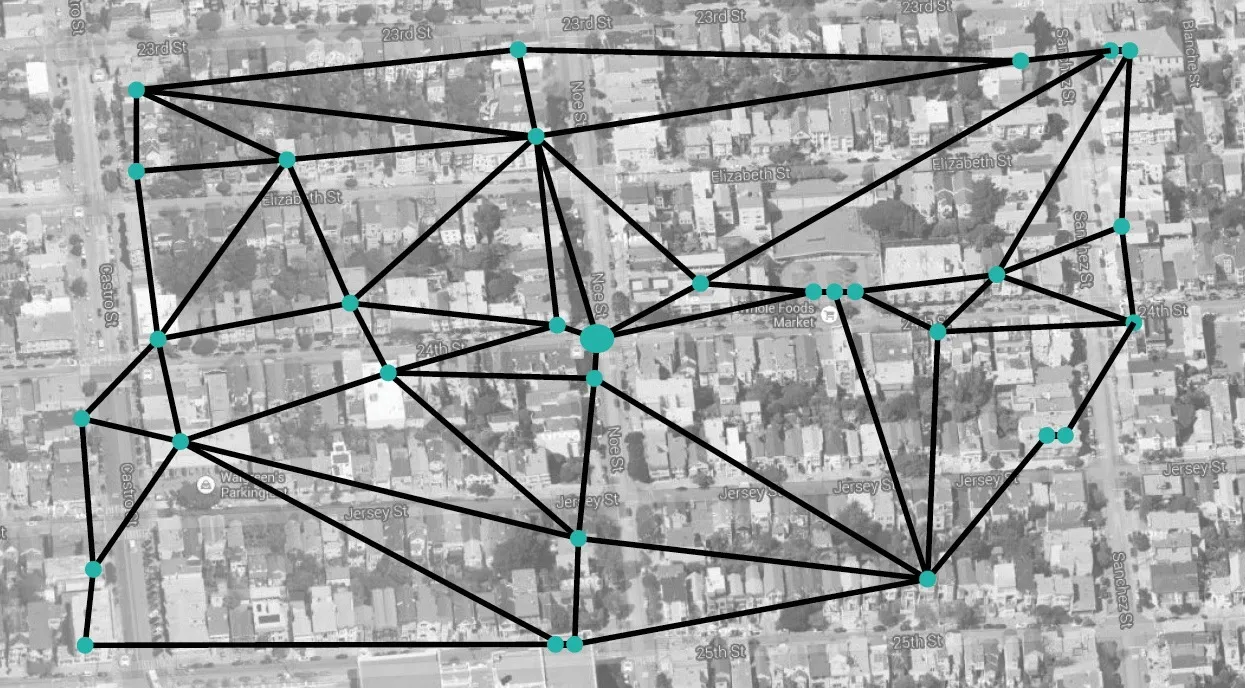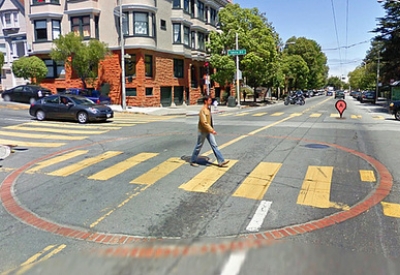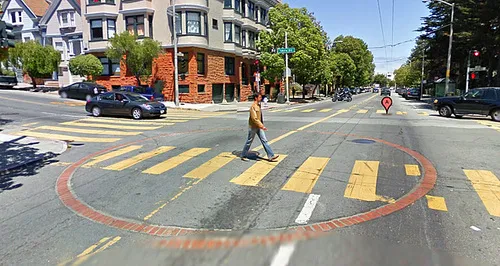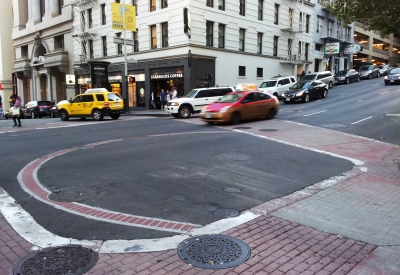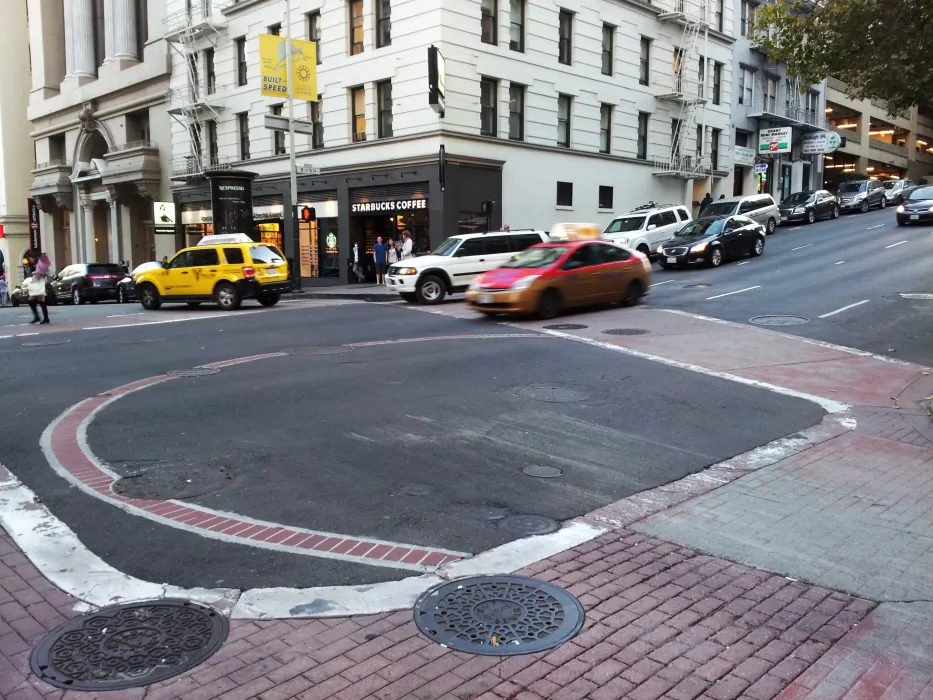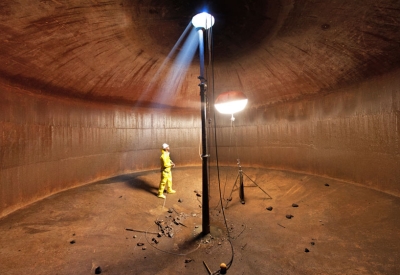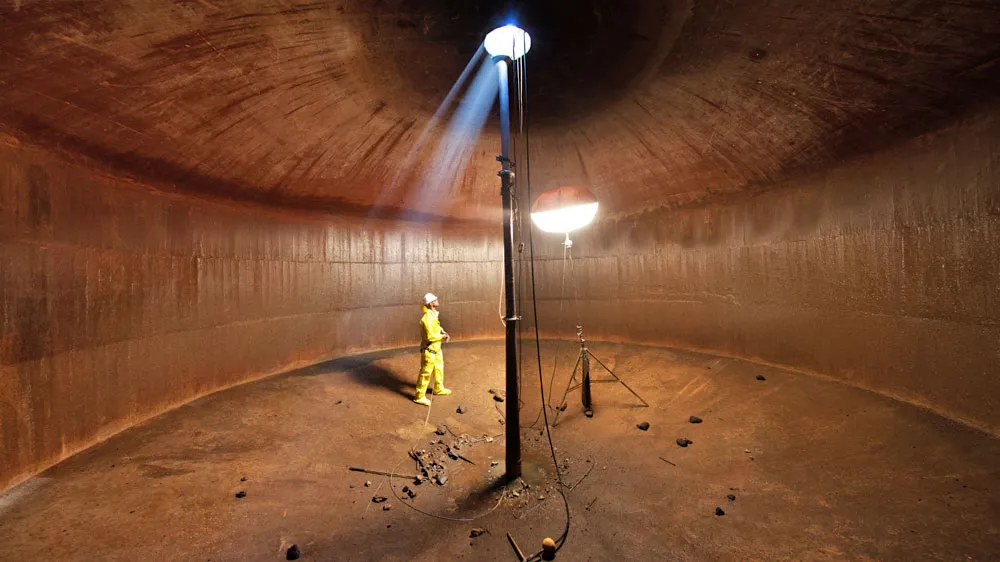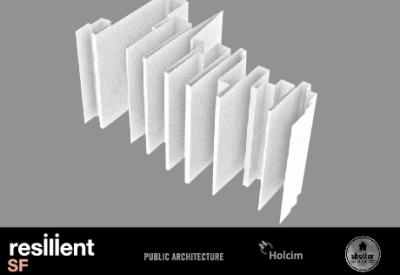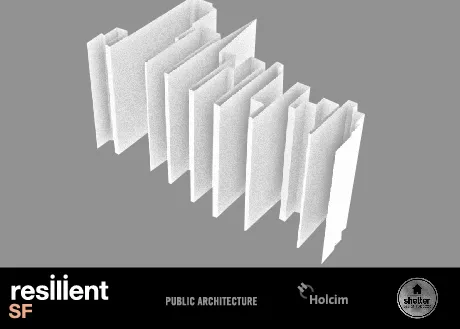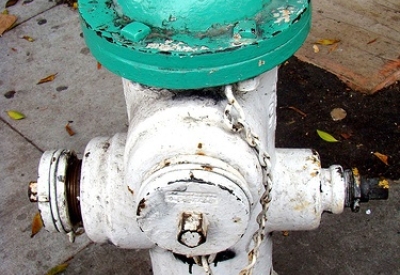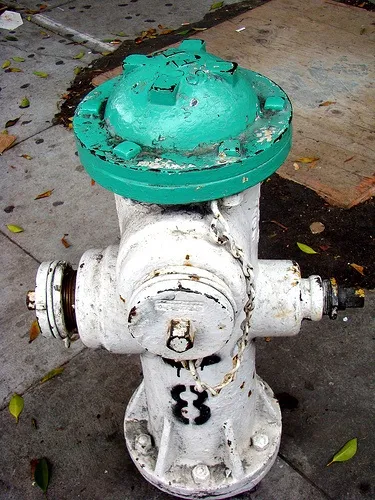San Francisco CA | Unbuilt
Resilient SF explores the overlay of three related challenges: how the built environment supports our preparedness and response to earthquakes and natural disasters, the shifting nature of civic infrastructures, and the role of existing social infrastructures—all the while keeping in mind the city’s underserved communities.
Public Architecture and Shelter Media Project invited three San Francisco firms—CMG Landscape Architecture, David Baker Architects, and Perkins+Will San Francisco—recognized for their responsive community design work to propose innovative approaches to social resilience that can serve local communities in times of disaster and are actionable with limited resources.
“Local”: Pertaining to the immediate area.
“Cache”: A type of data storage that allows future requests for that same data to be served faster.
While the City of San Francisco has strong ties among communities and sophisticated disaster-relief structures and strategies in place (NERT, SF 72, SF CARD to name a few), we have found that a common element of these affinity groups, resources, and information is that they all must be actively sought out by citizens. We are interested in removing the reliance on individual motivation as the first step to preparedness by inserting disaster-relief information into the daily awareness of citizens via the Local Cache branding program.
The Local Cache concept and iconography is inspired by the historic network of underground water cisterns that helped save the City in earlier disaster scenarios. Marked by 32-foot brick circles, the 172 cisterns are widely distributed throughout the city but remain fundamentally outside of public awareness. Local Cache will key off both the distribution and symbolism of this semi-invisible system by bringing it forward into the neighborhood consciousness and augmenting the cistern sites in ways specific to each location.
Reaval
Local Cache will start by inserting an engaging, visible intervention—a giant green circle—into the daily paths of San Franciscans. This first step is simple and low-cost: A custom bright-green paint job within the borders of the cistern circle does the trick. Curiosity is sparked by the sudden appearance of giant green circle on the block: What is that big green circle? Where did it come from? What does it mean? What does it do?
As a symbol, the green circle is already embedded in our consciousness to evoke positive feelings: In traffic, a green circle means “go”; in outdoorsmanship, a green circle means “for all levels”; in Google, a green circle means “user online”. This particular green is drawn from an intact color-coding system that demarcates hydrants affiliated with cistern locations. That is, this green circle is now indicating a hidden resource and will be leveraged to make other significant disaster resources in the immediate vicinity known and easily identifiable.
A central node in your micro-community has been revealed to you, and more information is coming.
On a larger scale, the revealed micro-community nodes will resolve back into network and create a Local Cache city map visible on Google Earth.
Connect
Each painted Local Cache location will be explained and augmented by a physical intervention in close proximity. Local Cache branding is flexible: Physical manifestations of the brand will vary by need, capacity, and neighborhood but will be united by the iconography of the green circle.
Possible expressions of the brand include a parklet—perhaps hosted by a local business or resource—kiosk, bulletin board, or other branded informational hub. Each growing cache of information can be embedded and revealed in various ways: community bulletin boards, directories, QR codes, events or other programming.
Each enhanced cistern site will demarcate and serve as a central node for the array of proximal resources. As there are multiple cisterns in many dense districts, the information and connections available at each Local Cache site will be specific to the surrounding area, exposing the resources immediately at hand.
In times of stability, these locations will provide a passive place to glean information and build community; in times of chaos they could serve each neighborhood as a primary locus for action. A neighborhood user can gradually assimilate the information and offerings of the Local Cache through casual repeat exposure or through a more active engagement.
Either way, the awareness of the information has grown and the information itself is now more readily accessible in times of crisis.
Activate
Once the Local Cache branding becomes known and familiar throughout the City, the next step is to expand the brand to mark additional participating spaces and neighborhood initiatives of community and aid. Local Cache branding will expose these resources explicitly and provide the means for an immediate association to be made by people in crisis.
Local resources will self-identify as participants in the program, acquiring the iconography of Local Cache to become visible to users in the neighborhood through signage or other relevant markings.
Local businesses may be incentivized by the positive associations with the Local Cache branding to pledge resources and services. Residents may consider businesses bearing the Local Cache icon to be truly invested in the well-being of the neighborhood and be encouraged to “vote with their consumer dollars”, increasing loyalty and patronage at those locations.
As more neighborhood resources self-identify with the Local Cache brand, the local network becomes increasingly visible and increasingly robust.
The Local Cache brand’s goal and effect are to spark curiosity, disseminate relevant resource information passively, and create a well-distributed series of familiar hubs that identify and build upon existing social networks to support micro-neighborhoods in times of crisis.
As Local Cache inserts the information San Franciscans need into both their awareness and their physical environment, citizens are equipped to retrieve help or information easily when the need arises, whether they actively prepared for “the big one” or not.
David Baker Architects Local Cache Team:
Katie Ackerly
Virginia Alexander
David Baker
Jessica Cunningham
Chelsea Johnson
Brett Randall Jones
Brad Leibin
Special thanks to:
Alicia Johnson, Resilience & Recovery Manager, San Francisco Emergency Management
Ken Lombardi, Assistant Deputy Chief, San Francisco Fire Department
John Peterson, Public Architecture
Richard Neill, Shelter Media Project
Project Details
San Francisco, CA
United States
